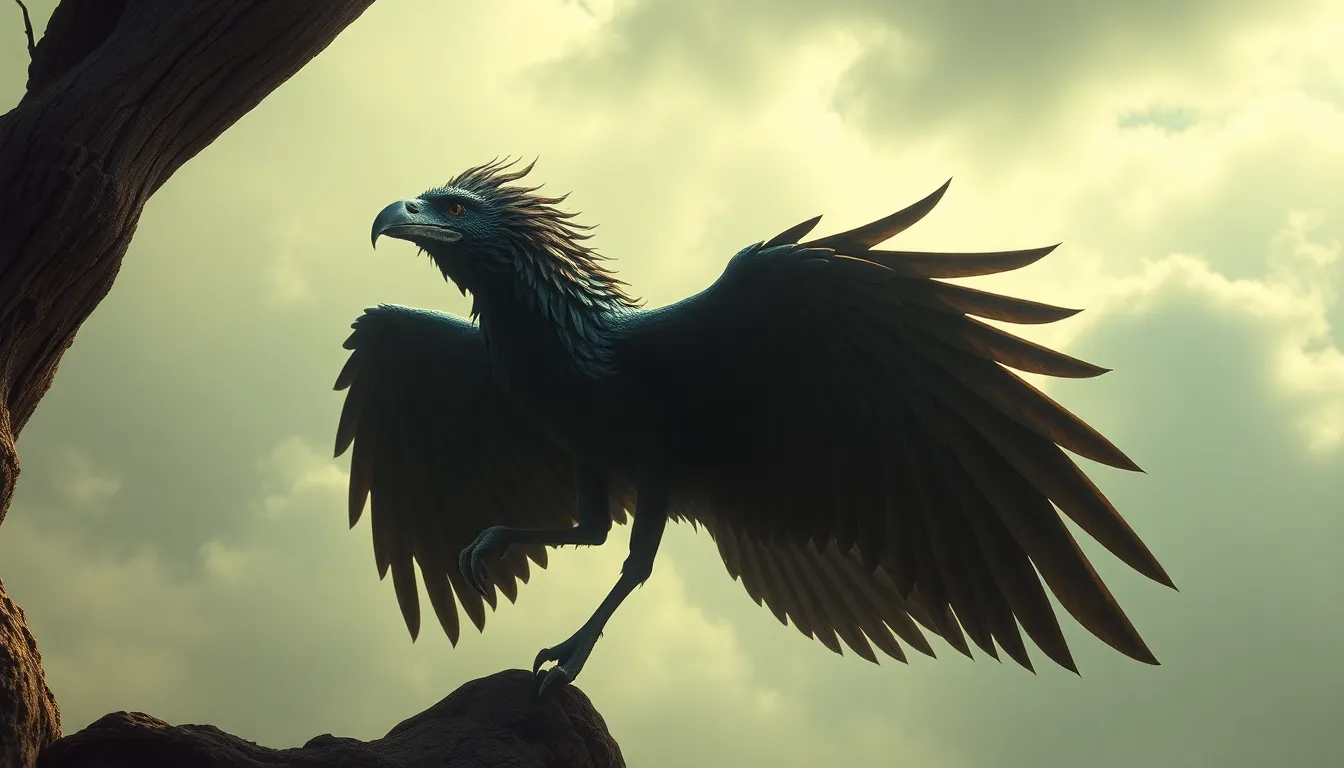The Cosmic Egg of the Maya: Cipactli and the Birth of the Universe
I. Introduction
The ancient Maya civilization is renowned for its intricate cosmology and rich tapestry of creation myths. Among these, the myth of Cipactli, the Earth Monster, stands out as a significant narrative that encapsulates the Maya understanding of the universe’s origins. The notion of the Cosmic Egg in various mythologies symbolizes the potentiality of creation, serving as a vessel from which the cosmos emerges. This article aims to delve into the concept of the Cosmic Egg within Maya mythology, exploring the pivotal role of Cipactli in the creation of the universe.
II. The Concept of the Cosmic Egg in Mythology
The Cosmic Egg, often referred to as a primordial source of life, represents the origin of the universe in various cultures’ myths. This concept is characterized by its symbolism of fertility, potential, and the cyclical nature of existence. In many traditions, the Cosmic Egg is depicted as:
- A vessel containing the essence of life.
- The beginning of creation, from which all beings emerge.
- A representation of balance between chaos and order.
When comparing the Cosmic Egg narrative in Maya mythology with creation myths from other cultures—such as the Hindu Hiranyagarbha or the Chinese Pangu—we observe both similarities and distinct features. For instance, while many cultures emphasize the role of a divine being in cracking the egg to release creation, the Maya version intricately weaves in the dual nature of Cipactli as both a creator and a destroyer.
The Cosmic Egg acts as a catalyst for the formation of the universe, embodying the transition from chaos to order and the birth of life itself.
III. Cipactli: The Earth Monster
Cipactli is depicted in Maya mythology as a monstrous creature, often described as a crocodile or a fish-like being. Its features are characterized by:
- A massive, serpentine body.
- Sharp teeth and claws, symbolizing its fierce nature.
- A primordial essence, embodying the raw forces of nature.
In the pantheon of Maya deities, Cipactli occupies a unique position. It represents the chaotic elements of the earth and the potential for both creation and destruction. This duality is crucial to understanding the narrative of creation; Cipactli is not merely a monster but a vital force that facilitates the birth of the cosmos.
IV. The Birth of the Universe from Cipactli
The mythological narrative surrounding Cipactli is rich and complex. According to the legend, in the beginning, there was only darkness and the vastness of the sea. From this primordial chaos emerged Cipactli, whose body represented both the earth and the sky. The creation story unfolds as follows:
- Cipactli, filled with the potential for creation, is cut into pieces by the gods.
- From Cipactli’s remains, the earth, mountains, and rivers are formed.
- The cosmos, including the sun, moon, and stars, emerges from its body, signifying the birth of life.
This process of creation can be interpreted symbolically. Cipactli’s sacrifice and transformation into the world represent the interconnectedness of life and death, creation and destruction. It illustrates how the universe continually evolves, with life emerging from chaos.
V. The Role of the Gods in Creation
The narrative of creation in Maya mythology is not solely centered on Cipactli; it involves several key deities who play vital roles in the birth of the universe. Important figures include:
- Tezcatlipoca: The god of the night sky, who interacts with Cipactli to shape the earth.
- Quetzalcoatl: The feathered serpent god, representing wisdom and life.
- Itzamna: The creator god associated with the heavens and the earth.
The interaction among these gods and Cipactli illustrates a collaborative effort in creation. Their collective actions emphasize the significance of divine cooperation in bringing forth the cosmos, highlighting a theme prevalent in many creation myths.
VI. The Influence of the Cosmic Egg on Maya Culture
The Cosmic Egg and Cipactli have had a profound impact on Maya culture, shaping their art, rituals, and cosmological beliefs. Artistic representations often depict Cipactli in elaborate motifs, reinforcing its importance in their worldview. Key influences include:
- Artistic depictions of Cipactli as a central figure in murals and pottery.
- Rituals that honor the earth and its cycles of life and death.
- Modern interpretations that continue to explore the relevance of these myths in contemporary Maya identity.
The legacy of the Cosmic Egg and Cipactli persists, resonating through the ages and informing both historical and modern understandings of Maya cosmology.
VII. Comparative Analysis with Other Creation Myths
When we draw comparisons between the Maya creation narrative and those of other cultures, we find intriguing similarities and differences. For instance:
- Many cultures, like the Egyptians and Greeks, also feature primordial beings or entities that embody chaos.
- Distinctive to the Maya is the duality of Cipactli, serving both as a life-giver and a destroyer, unlike the singular focus in some other myths.
- Insights gained from these comparisons reveal how different cultures conceptualize creation, reflecting their values and environmental contexts.
VIII. Conclusion
The significance of Cipactli and the Cosmic Egg in Maya mythology cannot be overstated. They represent a profound understanding of the universe’s cyclical nature and the duality of creation and destruction. The enduring legacy of these creation myths offers valuable insights into how ancient civilizations perceived their world and existence.
As we reflect on these narratives, it becomes clear that understanding ancient cosmologies is essential not only to appreciate the rich tapestry of human culture but also to recognize the timeless questions of existence that continue to resonate today.



